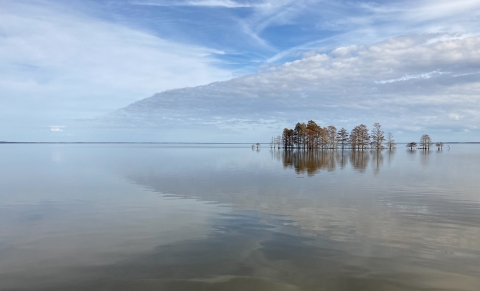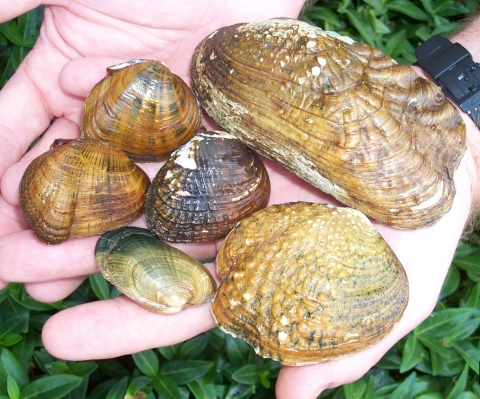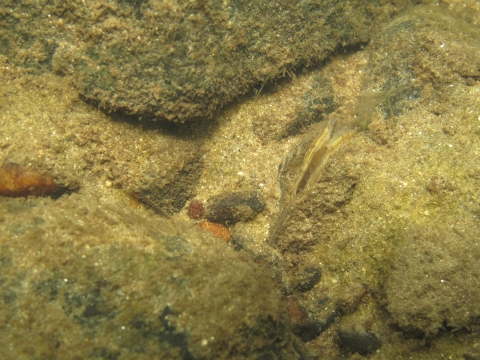“A drop fell on the apple tree,
Another on the roof;
A half a dozen kissed the eaves,
And made the gables laugh.
A few went out to help the brook,
That went to help the sea.
Myself conjectured, Were they pearls,
What necklaces could be!”
Excerpt from: "Summer Shower" by Emily Dickinson
Most will never write a poem about water or contemplate its beauty. Some even take water for granted. But everyone knows water is essential, and it needs to be clean. Acid rain wouldn’t have inspired Emily Dickinson to write a poem, and it certainly wouldn’t have made the “gables laugh” or “help the sea”.
Water quality is a growing issue worldwide. Two billion people lack access to clean drinking water, and over 500,000 deaths happen each year because of contaminated drinking water.
Worldwide, we need to find solutions to the growing quality problem. National wildlife refuges offer some answers. Often, improved water quality is an added benefit of conservation work that we do.
Here are four ways that national wildlife refuges improve water quality across the nation:
1. Plants in refuge wetlands and waterways act as natural filters.
Marsh plants filter pollutants and excess nutrients from rivers, lakes, and streams before reaching our drinking water. The Okefenokee National Wildlife Refuge is so important the Ramsar Convention on Wetlands recognizes it as a Wetland of International Importance.
2. Peat wetland restoration benefits water quality.
The rare peat soil at Pocosin Lakes NWR, has the natural ability to hold large amounts of carbon and nitrogen and trace amounts of mercury and other elements, which improves water quality in the tributaries, rivers, and estuaries that get water from the pocosin.
3. Freshwater mussels that refuges conserve act as natural water purifiers.
Mussels are the champions of water filtration, filtering up to 20 gallons of water a day, and removing heavy metals, bacteria - like E.coli - and pharmaceuticals from water. Protecting these impressive filter-feeders from extinction is also saving our drinking water.
We protect endangered and threatened mussels under the Endangered Species Act. In August 2023, we proposed adding a mussel, the southern elktoe, to the list as endangered. Millions of people depend on the southern elktoe’s terrain, the Apalachicola-, Chattahoochee-Flint River Basin, for drinking water.
4. Indicator species on wildlife refuges let us know the health of water in river basins.
If freshwater mussels struggle to survive in river basins, we know the water suffers from quality issues. In addition to protecting endangered and threatened freshwater mussels, in certain cases, we need to also protect the surrounding environment.
Whenever we list any endangered or threatened species, the Endangered Species Act requires us to determine if critical habitat protection is needed to save the listed species. In the case of the southern elktoe, in August 2023 we proposed to set aside about 577.6 river miles within the Apalachicola-, Chattahoochee- and Flint River Basin for critical habitat. That means improved water quality for mussels and for millions of people relying on the basin for drinking water.








